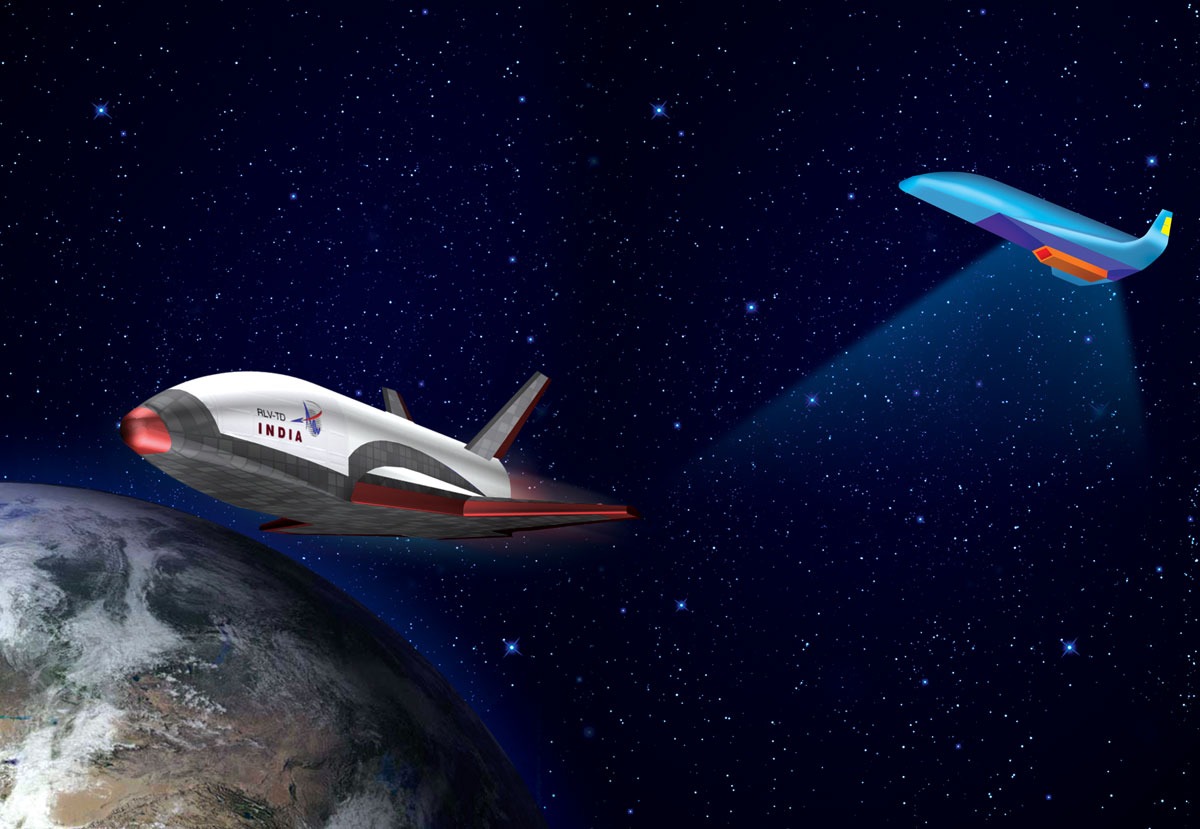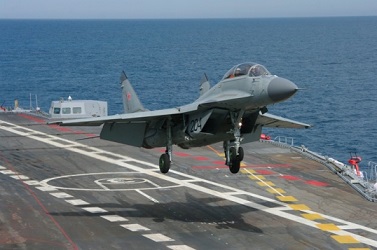
An illustration of ISRO's Reusable Launch Vehicle - Technology Demonstration (RLV-TD).
CHENNAI (PTI): Expressing satisfaction over the successful technology demonstration of air-breathing scramjet engines in flight, a top official has said the technology has many uses, one of which is in the area of space planes which could drastically cut down inter-continental travel time.
Director of Vikram Sarabhai Space Centre, K Sivan, said the technology could be used in "rocket, launch vehicle, space plane for transportation, missiles and in any other propulsion system."
If used in a space plane, it could narrow down the flight duration from Chennai to New York to just about an hour from over 19 hours in an air plane now.
"Yes we can use it for space plane. Definitely it will be useful for intercontinental travel, it will cut down travel time drastically," he said on Sunday.
To a question if there were plans to develop space planes, he said, "let us think about it later."
Among the several propulsion systems including rocket, chemical and electrical, air breathing is very special, Sivan said.
He said Sunday's technology demonstration was former President A P J Abdul Kalam's dream, who wanted the cost to be Rs 500 to send a kilo to space. "The total cost for today's flight was Rs three crore," he said.
Work started around 2005 for it and the total amount spent so far could be around Rs 35 crore, he said, adding, "I can tell you it is very, very cost effective."
Sivan, however, said the technology would not replace other engines like cryogenic as "this (air breathing propulsion) will only supplement the propulsion system working in the atmosphere."
Ruling out integrating scramjet engines in vehicles like GSLV, Sivan said, "It will be better to design new vehicles for optimal efficiency."
Shaping of such a vehicle should ensure that "whatever thrust we are getting from this engine should be more than the drag of the vehicle."
He said though the technology demonstration was a small step, it was a big milestone for the nation.
"A big milestone for our country... Only very few countries like USA and China have acquired this technology.
They too had done experiments for short duration."
On its advantages, he said in a vehicle like GSLV "85 per cent is only fuel propellant and out of this 70 per cent is oxidiser." With air-breathing technology, more payload can be taken with less cost and even much lesser weight, he said.
Asked how many more test flights may be needed for air breathing technology demonstration, he said a "lot more" has to be done, adding that while the present flight had a five second duration, it should be successful for "thousands of seconds and that should not be a problem."
Also, parameters like speed also needed to be checked as rockets reached up to Mach 12 atmospheric speed. Sunday's experiment saw ignition at Mach 6 level speed, he said.
Also there were aspects related to use of new materials like 'carbon-carbon composite,' which needed to be fine-tuned, he said.
On the next technology demonstration flight, he said "we need to determine what should be our next step to demonstrate which aspect of the technology."
 Next Article
Next Article












The Indian Air Force, in its flight trials evaluation report submitted before the Defence Ministry l..
view articleAn insight into the Medium Multi-Role Combat Aircraft competition...
view articleSky enthusiasts can now spot the International Space Station (ISS) commanded by Indian-American astr..
view article